When in Rome... You Attend a Life-Giving Conference
Nicaea and the Church of the Third Millennium: Toward Orthodox-Catholic Unity
It took me a few weeks to begin to process the experience of participating in the Nicaea conference co-organized by IOTA (International Orthodox Theological Association, of which I am a member, and the Institute for the Ecumenical Studies of the Angelicum (a specialized institute of the Faculty of Theology of the Pontifical University of St. Thomas Aquinas).
IOTA is led by Dr. Paul Gavrilyuk, who holds the Aquinas Chair in Theology and Philosophy at the Theology Department of the University of St Thomas, St Paul, Minnesota, and whom I appreciate and adore for being able to pull off the best conferences I have attended in my professional life (both software and theology) - and who rocks great style! I complimented him during the conference on a very well-put-together look. 😎
The conference title was “Nicaea and the Church of the Third Millennium: Toward Orthodox-Catholic Unity.” As the name indicates, the purpose was to bring together scholars of the Orthodox (both Eastern and Oriental) and Roman Catholic traditions during the year that commemorates the 1700-year anniversary of the first ecumenical council, the Council of Nicaea. Key discussion points were the faith of Nicaea, synodality, and the date of Easter.
As the conference page states, “The Council of Nicaea (325) is foundational for Orthodox-Catholic unity. The Council inaugurated a synodal way of addressing theological and canonical issues at the universal level. The Nicene Creed provided a theological vision of the triune God that continues to guide the common faith of Christians, in particular, of the Orthodox and Catholic Churches.”1
Two hundred and fifty academics from around the globe and representing Eastern Orthodox, Oriental Orthodox, Roman Catholic, Anglican, and a sprinkling of other Protestant scholarship met here to “discuss such topics as the doctrines of the trinity and incarnation, synodality and primacy, heresy and schism, the date of Easter, and other practical matters in light of the First Ecumenical Council.”2
I had submitted a paper proposal last year, and I was delighted to learn that my paper had been selected for this prestigious conference. Oriental Orthodox academics had been especially invited to participate, and the track, in which my paper was placed, Witness and Holiness, featured two other speakers with a Coptic Orthodox background. My paper was entitled “Contemporary Witnesses: Conveying the Lordship and Divinity of Jesus Christ to 21st Century Faithful in a Syriac Orthodox Context.” All the papers in our track were very well-received, thank God!
The Syriac Orthodox contingent was small but visible, with four papers offered during the tracks and a prayer session as part of the plenary meetings. Our Archbishop of the Netherlands, His Eminence Mor Polycarpus Augin Aydin, was prominently featured on the frontline of the hierarchs present (see the group photo below).

We met in the beautiful Angelicum in Rome. Plenary sessions were held in the august John Paul II Aula, where the late Pope John Paul II already sat as a student when he pursued graduate studies in Rome. Moments like this really make me pause and think about all the great men and women who, at another point in history, may have stood where I am standing at the present moment.
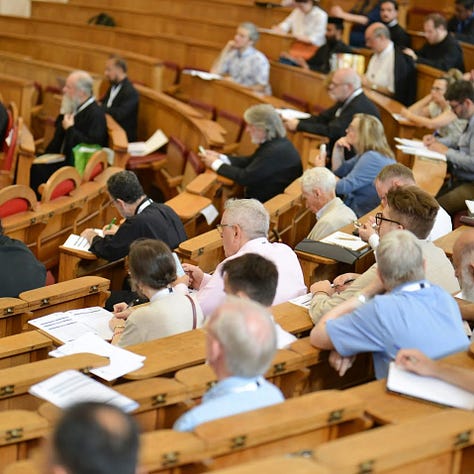
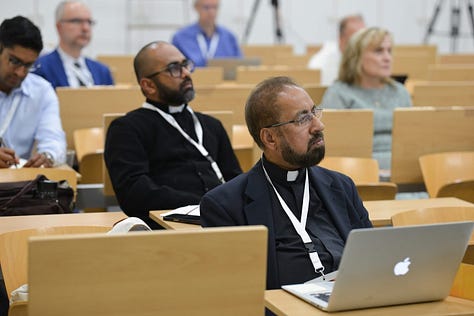

Speaking about each of the sessions would take too long in this summary. You can see all the challenging papers listed in the conference agenda. One of the first introductions for the conference attendees was to a newly created icon to commemorate the Council of Nicea. (It is beautiful, yet I’ll be honest…I was a bit astonished to see the Trinity depicted…not a common occurrence in Orthodox iconography.)
There were many brilliant (and highly cerebral) papers given. I want to highlight a few sessions that particularly stood out to me:
Bishop Kyrillos (Coptic Orthodox Church, Los Angeles, California, USA): “The Apostolic Tradition and the Mystery of Salvation in the Council of Nicaea”
Prof. Dr. Dietmar W. Winkler (Professor of Patristic Studies and History of Christianity, University of Salzburg, Austria): “Common Faith in New Language? Theology and Sources of the Vienna Christological Formula”
Metropolitan Dr. Mor Polycarpus Aydin (Syrian Orthodox Church, Netherlands): “The Impact of the Vienna Christological Formula on Contemporary Church Unity”
Ms. Katerina Pekridou (Programme Officer for Theology and Studies, Conference of European Churches, Brussels, Belgium): “All Disciples, All Missionaries: All Called to Ministry. Revisiting Synodality from the Perspective of Mission”
Ms. Julia Hintlian (Ph.D. Candidate, Harvard University, Cambridge, Massachusetts, USA) and Prof. Roberta R. Ervine (Professor of Armenian Christian Studies and Director of Studies, St. Nersess Armenian Seminary, Armonk, New York, USA): “The Nicene Creed in Armenian Polemics: A Case-Study Approach with Ḥovhan Mayragometsʻi, Anania Narekatsʻi, and Nerses Lambronatsʻi”
Dr. Ralph Lee (Facilitator, Lausanne-Orthodox Initiative and Associate Faculty, The Oxford Centre for Mission Studies, Oxford, UK): “The Council of the 318: Nicaea and the Defining of an Epoch for the Ethiopian Orthodox Täwaḥǝdo Church”
Rev. Dr. Calum Samuelson (Postdoctoral Fellow, Sankt Ignatios College, Södertälje, Sweden): “Täwaḥǝdo Theologizing as a Guide for Ecumenical Fellowship”
Prof. Gayle E. Woloschak (IOTA Vice-President and Treasurer, Associate Dean for Graduate Student and Post-Doctoral Affairs, Feinberg School of Medicine, Northwestern University, Chicago, Illinois, USA): “Nicaea and the Ongoing Controversy Over the Date of Easter”
Dr. Riad Ghobrial (Oxford Centre for Mission Studies, Oxford, UK): “The Poor and the Martyr as Catalists of Nicene Ecumenism: Roman Catholic and Coptic Orthodox Perspectives”
Mr. Karim Guirguis (University of Toronto, Ontario, Canada): “Hagiography and the Recognition of Holiness”
What had a memorable impact on me, apart from the academic inspiration, were the prayer times we had throughout the conference. I have never felt so united with my brothers and sisters across all these Christian traditions as I did in Rome. Simply reciting the Nicene Creed without the Filioque started the conference off on a conciliatory note. Closing the conference by having a Coptix Orthodox bishop reading an Eastern Orthodox prayer as asked to do so by the Roman Catholic presiding Director of the Institute for Ecumenical Studies made it clear how much unity was desired.
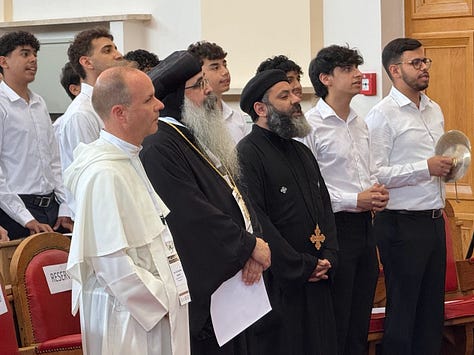
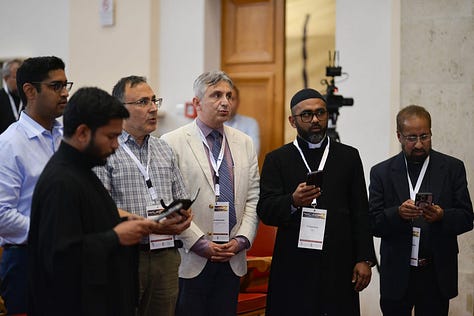

Father Joseph Varghese and I had gone to the General Audience at St. Peter’s Square on Wednesday. But then, a once-in-a-lifetime experience came our way: a private audience with Pope Leo XIV at the Vatican on the last day of the conference. To walk into the bowels of the Vatican and be this close to a man who truly has the power to change history was mind-blowing. In addition, Pope Leo is simply adorable. See here. Also, the full text of his address to us can be found here.

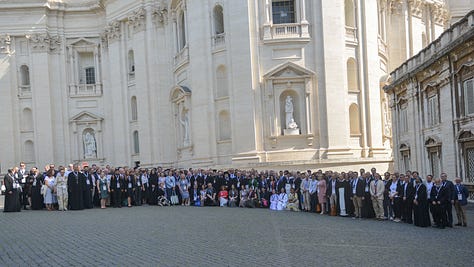
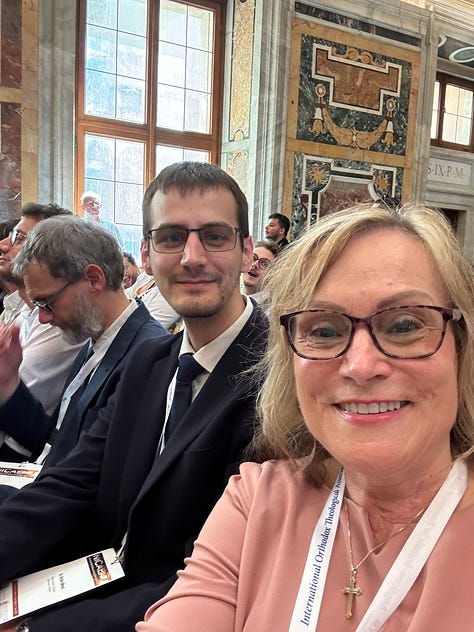
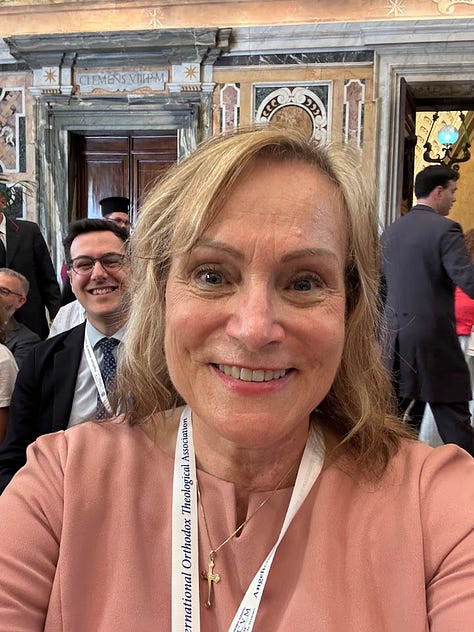
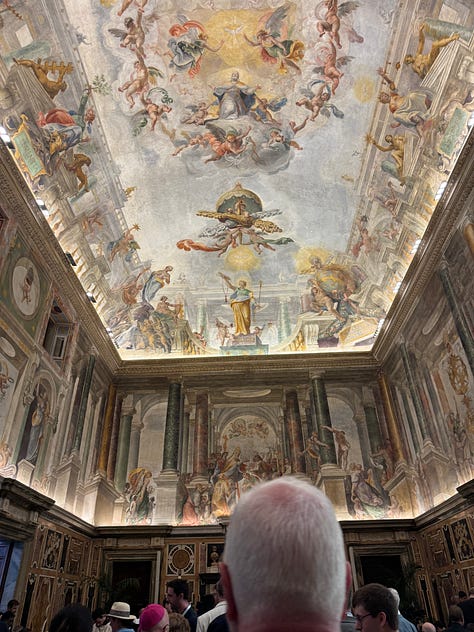
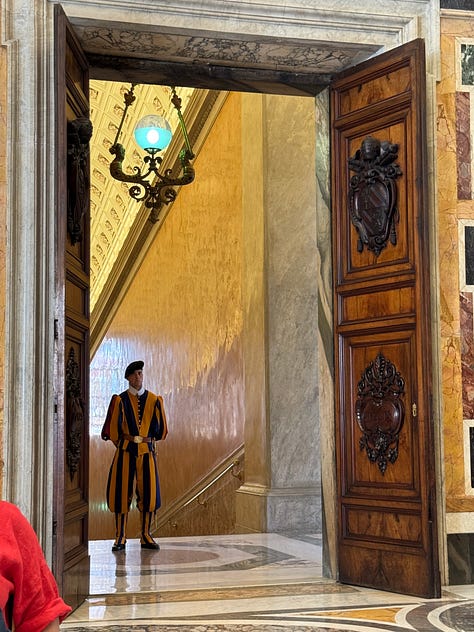
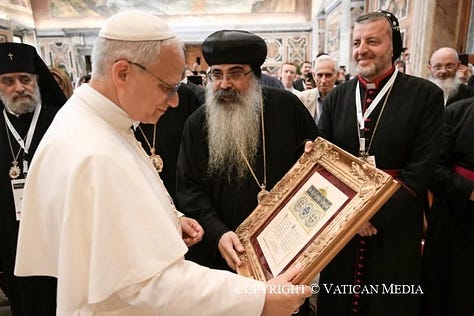

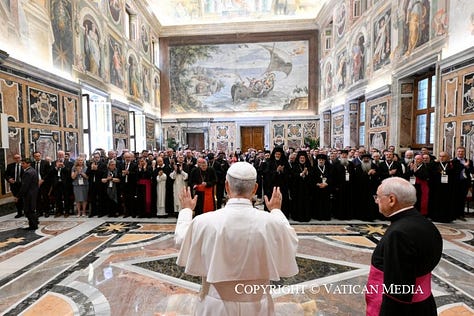
Also memorable: meeting some “celebrities,” such as His Eminence Archbishop Rowan Williams, who served as the 104th Archbishop of Canterbury from 2002 to 2012, and His Grace Bishop Kyrillos, General Bishop of Christian Education for the Coptic Orthodox Diocese of Los Angeles, Southern California, and Hawaii, and Dean of St. Athanasius and St. Cyril Theological College in Anaheim, California, and the Right Reverend Peter Eaton, the Bishop of Southeast Florida.
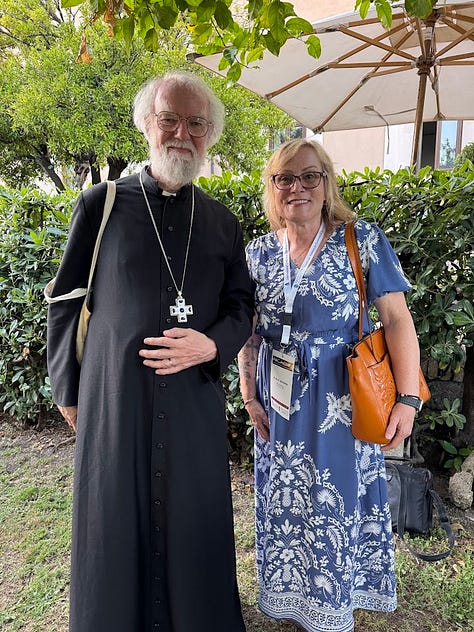

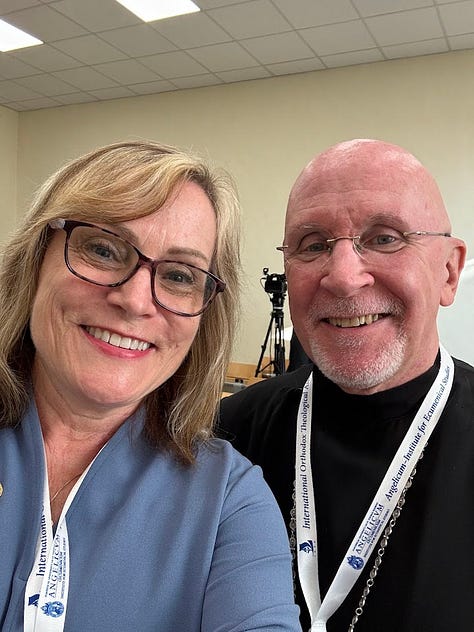
And finally, the meeting of old and new colleagues and now friends, especially those who work with the Lausanne-Orthodox Initiative, a group I love promoting and working with, left a permanent mark on my heart.
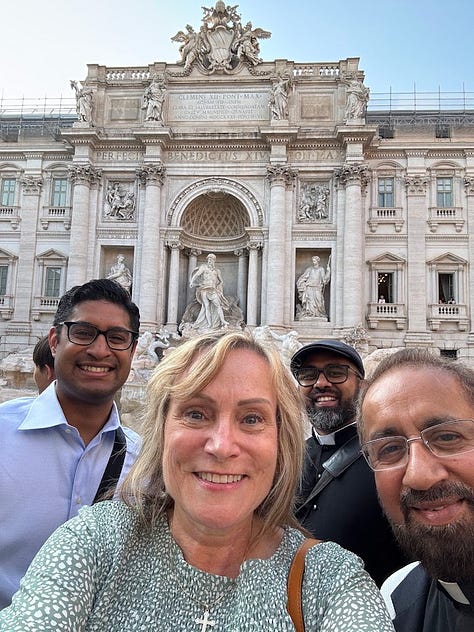
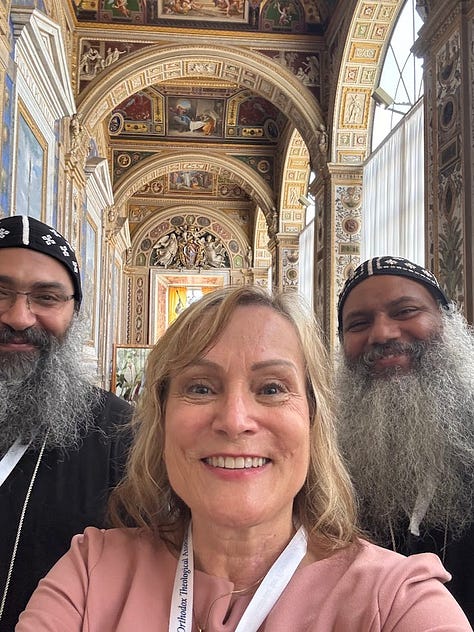
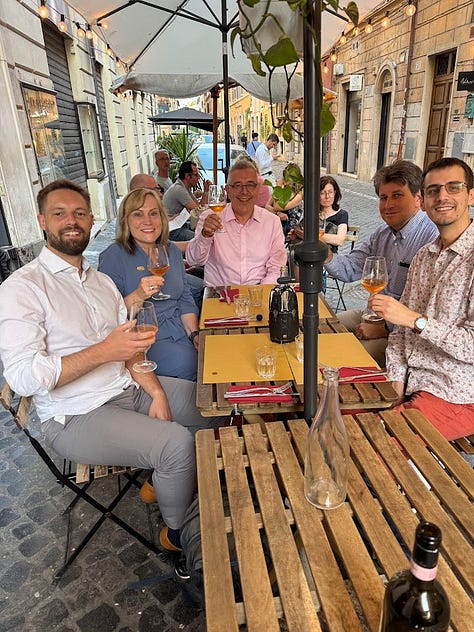
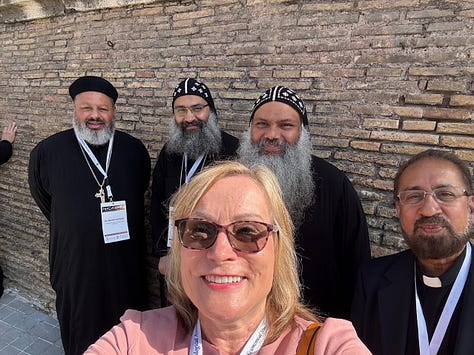
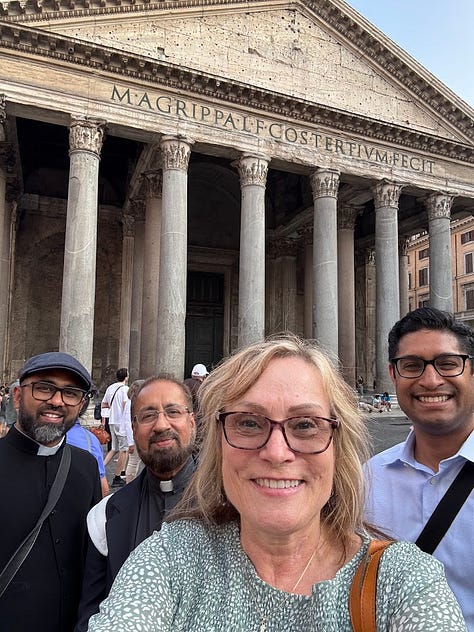
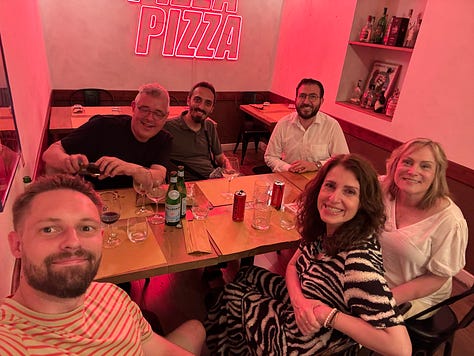
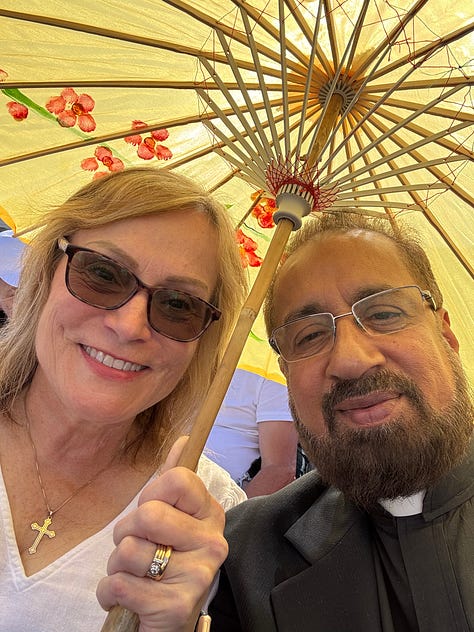
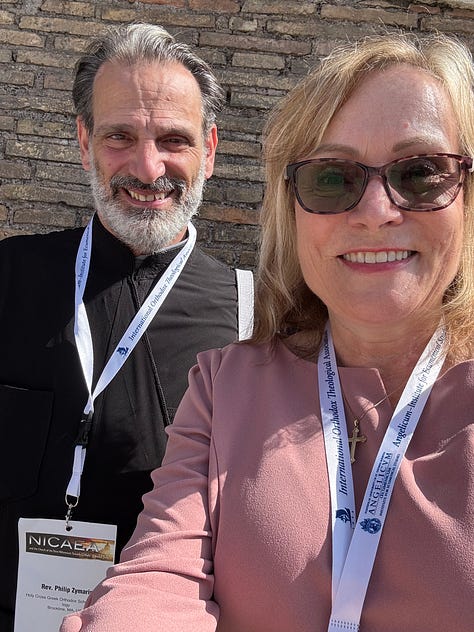
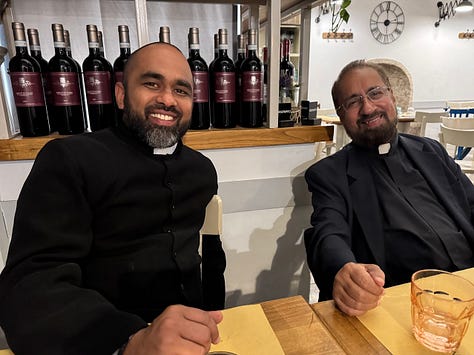
The last day of the conference concluded with a roundtable discussion on where we go from here. I will say from the bottom of my heart that I truly believe union is possible in our lifetime if we are willing to sit down and meet with each other and listen to what the other says - and if we allow the Holy Spirit to act in us and through us. So much is done one-off in meetings of this and this group, leaving out others, and I am concerned that the same will hold true for the conversations at this conference. It is time we all asked ourselves whether we are staying where we are because of simply clinging to what we thought we knew and the structures we have grown to love and cling to, or whether we are willing to open ourselves to walking toward the other in love - and in truth, keeping in mind first and foremost the words of our Lord in the seventeenth chapter of the Gospel of St. John.
(Some of the photos are thanks to: International Orthodox Theological Association (IOTA)/ Pontifical University of St. Thomas Aquinas (Angelicum).)
International Orthodox Theological Association, “Nicaea 2025,” International Orthodox Theological Association, accessed June 26, 2025, https://iota-web.org/nicaea-2025/.
Ibid.




